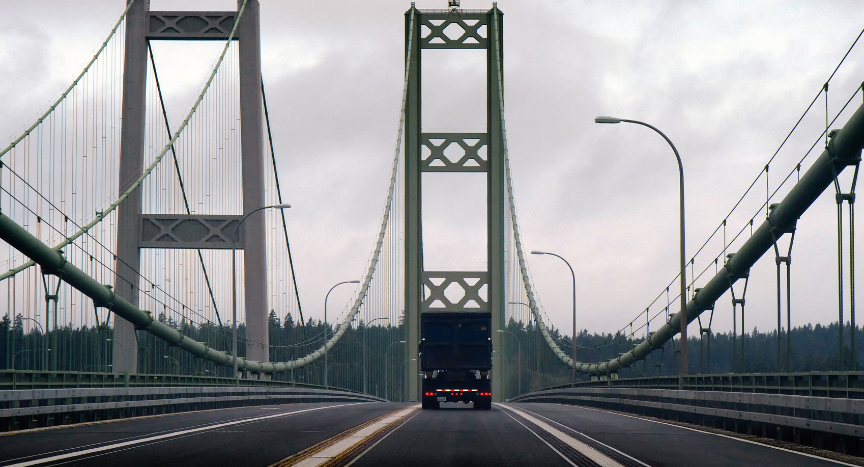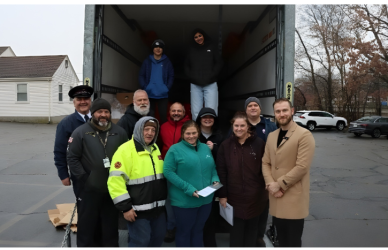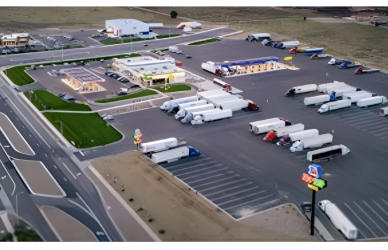For truck drivers, bridges aren’t just another part of the highway—they can be some of the most challenging obstacles on the road. Whether it’s high winds, steep inclines, narrow lanes, or low clearances, certain bridges across the U.S. demand extra caution. Here’s a look at some of the most intimidating bridges for truckers and how to safely navigate them.
1. Millard E. Tydings Memorial Bridge (Maryland)
Spanning the Susquehanna River on I-95, the Millard E. Tydings Memorial Bridge connects Cecil and Harford counties. While the bridge itself isn’t structurally difficult, its high elevation leaves trucks vulnerable to intense crosswinds. For drivers hauling light loads, strong gusts can make steering unpredictable, forcing them to reduce speed significantly to maintain control.
2. Chesapeake Bay Bridge (Maryland)
Officially named the Governor William Preston Lane Jr. Memorial Bridge, this 4.3-mile-long structure stretches across the Chesapeake Bay, linking Maryland’s Eastern and Western Shores. At nearly 200 feet above the water, the bridge is notorious for high winds and poor visibility during storms. Some drivers find it so unnerving that they hire professional services just to drive their vehicle across.
3.Tacoma Narrows Bridge (Washington)
This twin suspension bridge, spanning Puget Sound, is infamous in engineering history—its original version collapsed in 1940 due to wind-induced oscillations. Today’s structure is far more stable, but it remains a challenge for truckers. With long spans exposed to unpredictable Pacific Northwest weather, it’s common for strong winds and rain to impact visibility and vehicle stability.
4. Independence Avenue Bridge (Missouri)
A low-clearance nightmare in Kansas City, the Independence Avenue Bridge is one of the most unforgiving spots for truckers who miscalculate their route. Despite repeated warnings and bright signage, the bridge has claimed countless truck roofs over the years. Standing at just 12 feet high, this bridge has even been reinforced with steel beams to absorb the frequent collisions.
5. Sackett Point Road Railroad Bridge (Connecticut)
This railroad bridge in North Haven, Connecticut, sees an average of four truck crashes per year due to its low clearance of 12 feet, 9 inches. Even with warning signs, GPS errors and driver oversight lead to frequent accidents. Local officials have worked on better signage to prevent costly mistakes, but truckers passing through still need to double-check clearance levels before approaching.
How to Stay Safe on Tough Bridges
If you’re a truck driver, these bridges don’t have to be a nightmare. Here’s how to handle them with confidence:
Plan Ahead
- Check your route for low clearances, weight restrictions, and bridge conditions.
- Use trucker-specific GPS systems to avoid unpleasant surprises.
Check the Weather
- High winds? Reduce speed and keep both hands firmly on the wheel.
Heavy rain or fog? Increase following distance and use hazard lights if needed.
Follow Posted Signs
- Height and weight restrictions are there for a reason.
- If a bridge looks questionable, don’t risk it—find an alternate route.
Maintain Your Truck
- Check brakes, tires, and steering before long hauls.
- An unstable truck makes bridge driving even riskier.
Know When to Wait It Out
- If conditions feel unsafe, pull over and wait.
- No load is worth risking your safety.











